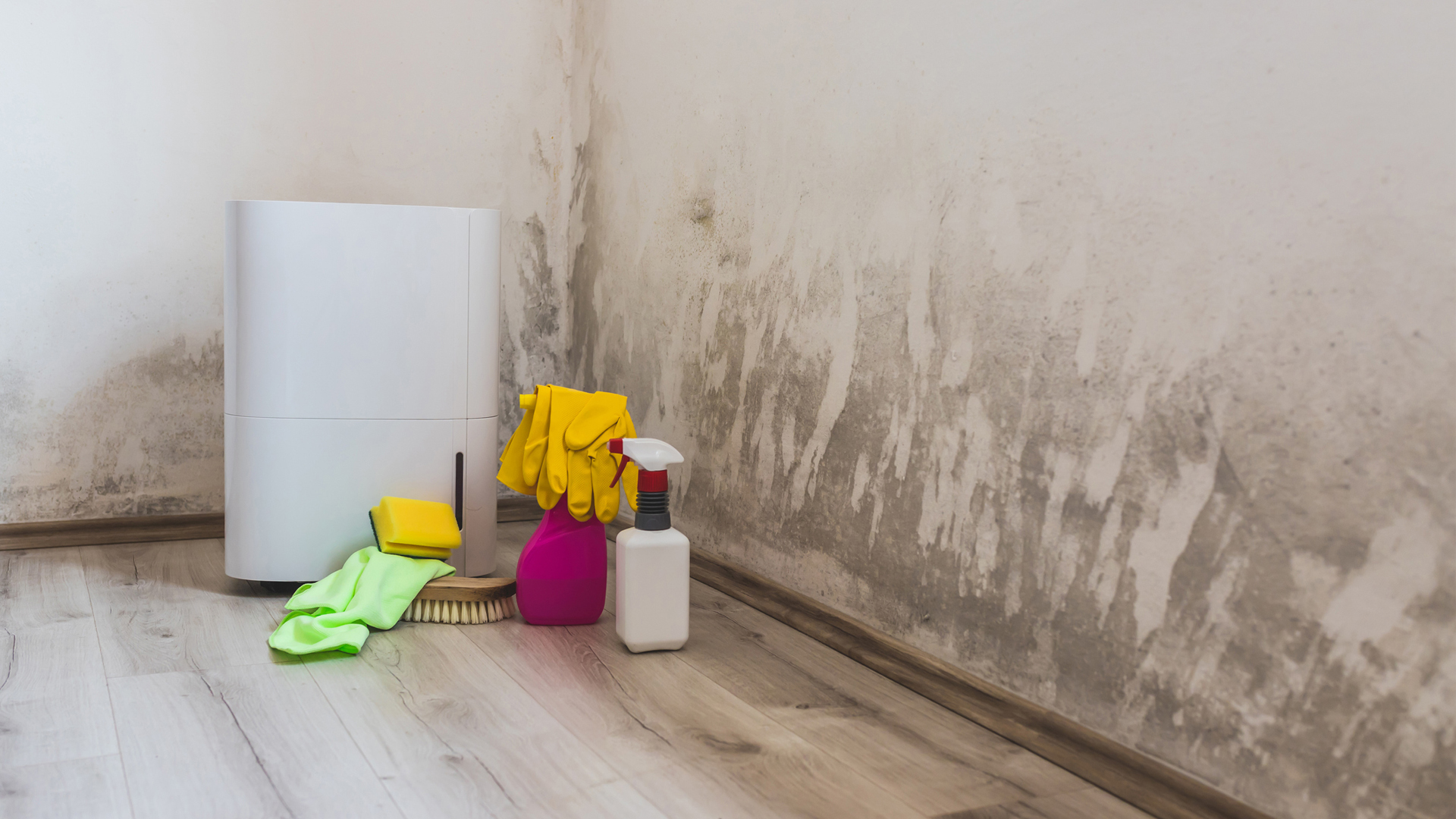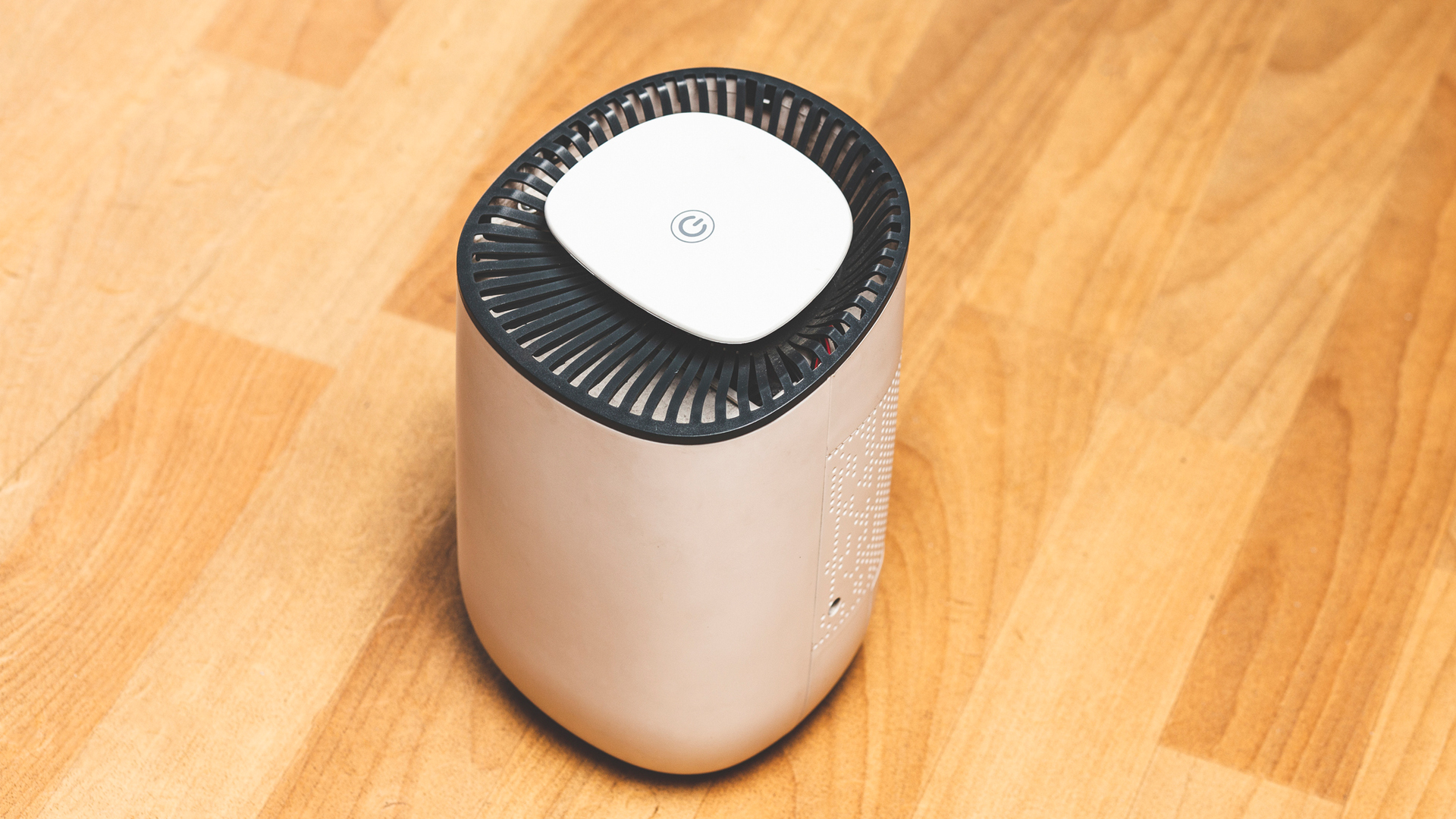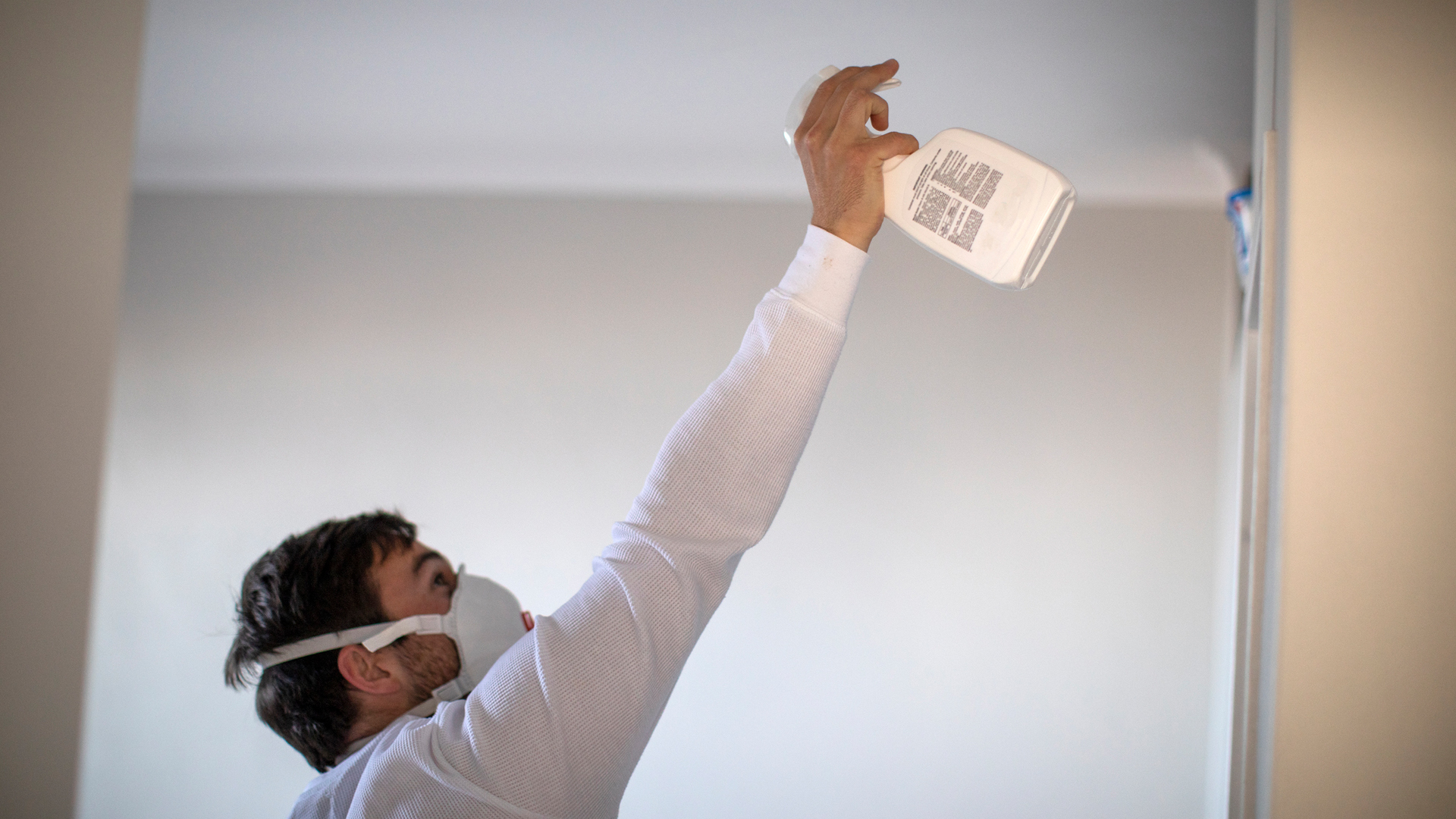Do dehumidifiers help with mold?
Wondering if dehumidifiers help with mold? We asked the experts and delved into the science

Do dehumidifiers help with mold? It’s true — dehumidifiers can solve a wide variety of problems in an indoor environment, but do they have the power to fight back against mold and restrict this pesky fungus from growing and infiltrating your space?
According to research, the best dehumidifiers can help to control the high humidity levels which promote the growth of mold. While they can’t banish mold spores from your home entirely, or kill mold, they can work to prevent the creation of the correct environment for it to grow in. But how will you be able to tell if a dehumidifier is helping with your mold problem? And how do they work?
We spoke to experts from the U.S Environmental Protection Agency and the Centers for Disease Control and Prevention to find out the current guidance on dehumidifiers and whether or not they can help with mold problems. To find out all this and more keep scrolling, as we unpicked everything there is to know about dehumidifiers.
Do dehumidifiers help with mold?
Mold is a common problem, the CDC says. In fact, it’s believed to be a problem that plagues around 70% of homes. If humidity levels are too high, mold will grow in places with damp, humid and wet conditions, such as a bathroom or kitchen.
So can dehumidifiers help with this mold problem? According to a CDC spokesperson, yes and no.
“It is impossible to eliminate all mold and mold spores in the indoor environment,” they told Live Science. “However, mold growth can be restricted by controlling moisture indoors. Residents might consider using a dehumidifier in homes with high humidity. A dehumidifier helps remove moisture from the air. Dehumidifiers should be placed in the room or rooms with the highest humidity. The target range for indoor humidity is 30% to 50%.”

And science highlights this point. In one study published in the Journal of Fungi, which looked into the differences of tailoring your temperature levels in your home over your humidity levels found that moisture control is ‘more crucial’ than maintaining a cold environment when it comes to preventing mold growth.
However, as an EPA spokesperson flags: “If you already have mold growing, a dehumidifier will not stop it.” That’s because mildew and mold will develop within 24-48 hours of water exposure, and it will continue to grow until steps are taken to eliminate the source of moisture, and effectively deal with the mold problem, the Federal Emergency Management Agency says.
Therefore, as the EPA spokesperson explains: “If mold growth is already visible, you should find and fix the water problem that caused the mold and clean up the mold.”
- Related: How to get rid of mold
- Related: Dehumidifier vs Air Purifier: what's the difference
How do dehumidifiers help with mold?
As we’ve seen, dehumidifiers work by removing water moisture from the air. This helps to improve indoor air quality which in turn reduces the likelihood that mold, bacteria, and fungi can take up residence, as they prefer moist environments for growth.
But how do dehumidifiers work? According to a 2021 journal published in Advanced Science, conventional cooling-based dehumidifying systems dehumidify air by:
- Cooling it below the dew point temperature to remove moisture via condensation.
- A dehumidifier knows when to do this because the machines are fitted with a dehumidistat, which detects the moisture level in the air.
- Once it detects the high moisture levels, the machine sucks in the humid air by using a vacuum and this air is then passed over the machine's refrigerated coils.
- Moving through the cool coils, the warm air loses the amount of moisture it can no longer hold, turning it into water. This causes the process of condensation, and this water is collected in the dehumidifier’s storage tray or tank.
- The dehumidifier then passes the air back into the room over a warm coil.
This process helps to change a room’s humidity level to a relative humidity of 30% to 50% and, when this happens, mold, dust mites, and other allergens are less likely to survive.

How will you know if a dehumidifier is helping with mold?
You will know if a dehumidifier is helping with mold in a number of ways.
- A reduction in condensation on windows.
- A reduction in condensation on other cool surfaces.
- By investing in a hygrometer, which is a device that measures the humidity levels in your home, to see if the RH levels are returning to between the recommended RH levels of 30-50%.
- A musty odor you get from mold has gone/is going.
If you find your mold problem is not improving, even though you have eliminated the source of the damp and wet conditions, cleared away the mold and are using a dehumidifier, you could be using the wrong size of dehumidifier.
Just like most household appliances, dehumidifiers are available in a range of sizes. From heavy industrial-grade units to small, barely detectable models you can sit in damp corners of your home, finding the right sized model is key to making a difference in your space.
To help you do just that, check out our guide to how big of a dehumidifier do I need to ensure you’re using the right one for your home.
Sign up for the Live Science daily newsletter now
Get the world’s most fascinating discoveries delivered straight to your inbox.
Becks is a freelance journalist and writer writing for a range of titles including Stylist, The Independent and LiveScience covering lifestyle topics such as health and fitness, homes and food. She also ghostwrites for a number of Physiotherapists and Osteopaths. When she’s not reading or writing, you’ll find her in the gym, learning new techniques and perfecting her form.











